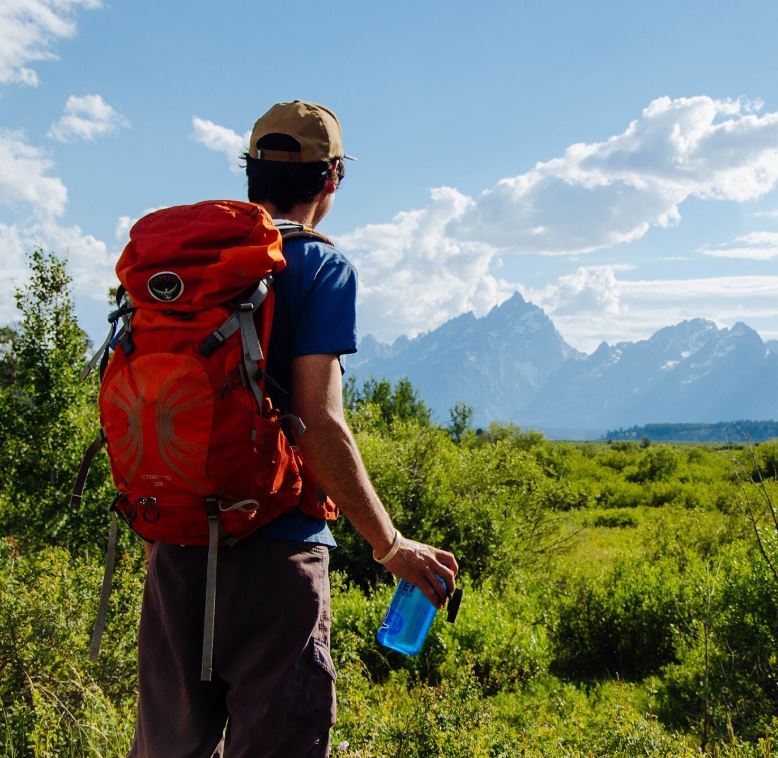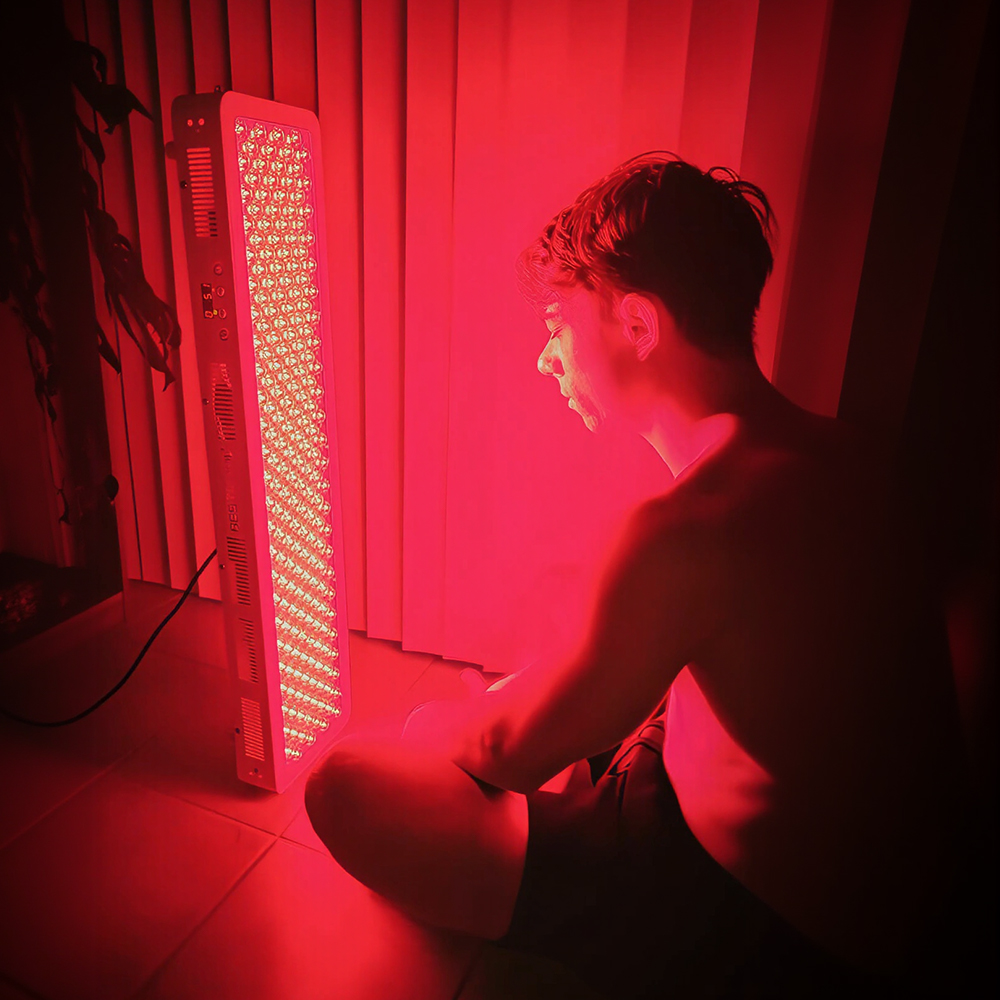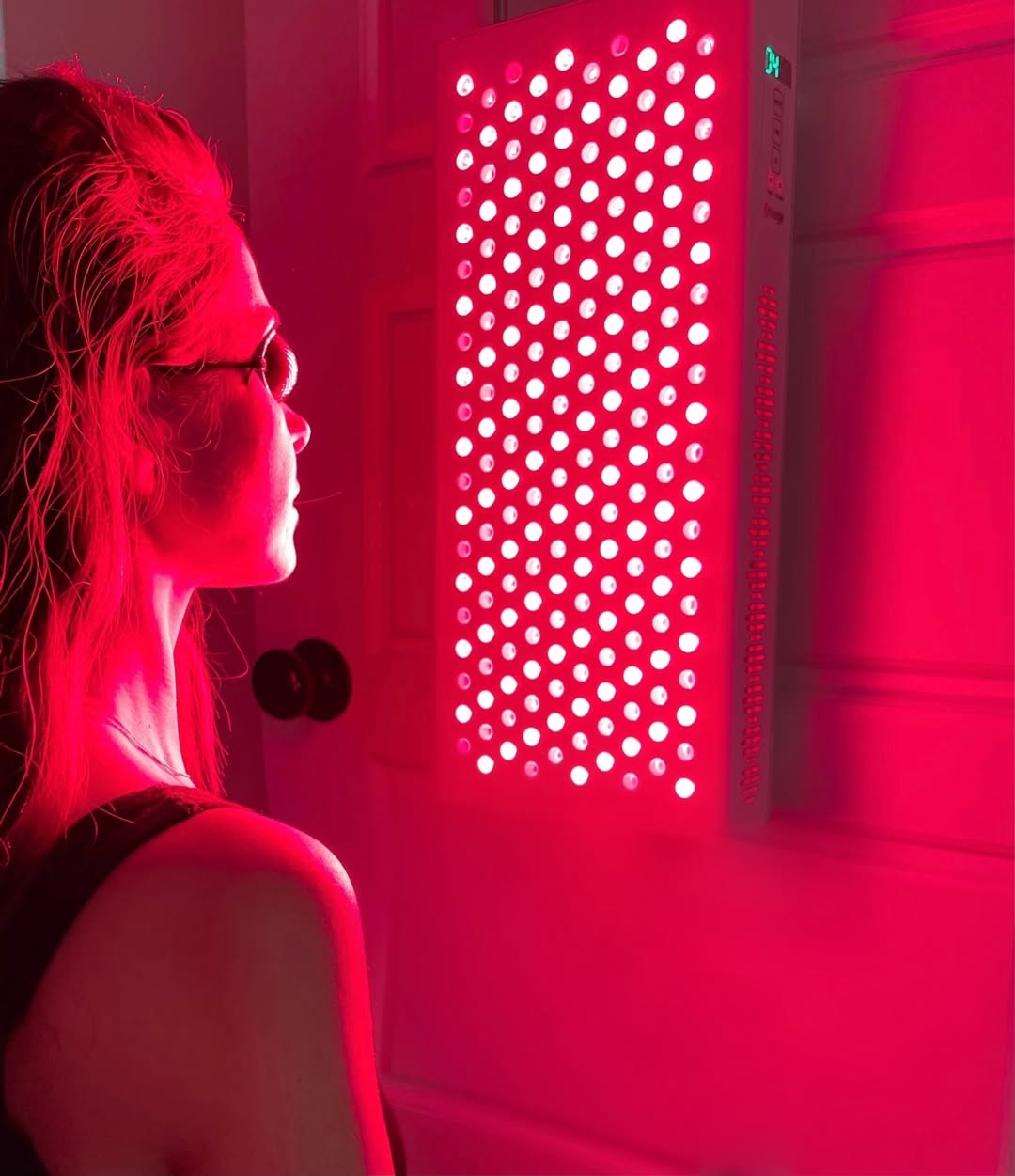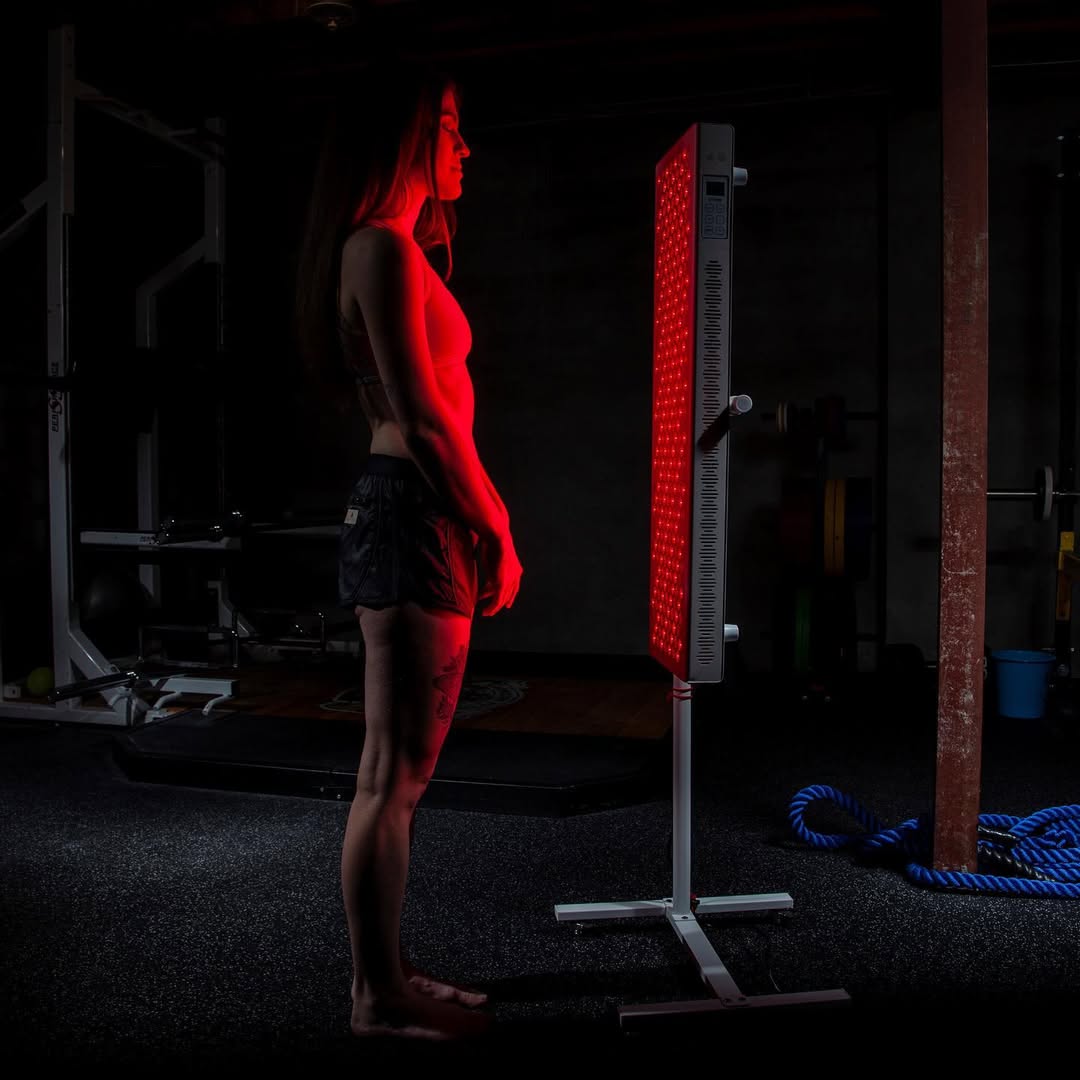![]() Free Shipping
Free Shipping ![]() Buy Now, Pay Later
Buy Now, Pay Later ![]() Eligible
Eligible
The Surprising Advantages of Red Light Therapy for Hikers

Hiking is an exhilarating way to connect with nature, challenge your body, and clear your mind. But whether you’re a weekend trail enthusiast or a long-distance thru-hiker, the physical demands of hiking can take a toll on your muscles, joints, and overall recovery. That’s where red light therapy (RLT) comes in—a cutting-edge wellness tool that’s gaining popularity among outdoor adventurers.
But what exactly is red light therapy, and how can it benefit hikers? Let’s dive into the science-backed advantages of this non-invasive treatment and explore why more hikers are incorporating it into their routines.
What Is Red Light Therapy?
Red light therapy, also known as low-level laser therapy (LLLT) or photobiomodulation (PBM), involves exposing the body to low-wavelength red and near-infrared light. Unlike UV rays, which can damage the skin, red light penetrates deep into tissues without causing harm.
This light energy is absorbed by cells, stimulating mitochondrial function (the powerhouse of cells) and promoting healing, reduced inflammation, and enhanced energy production. Originally developed for medical applications, RLT is now widely used in sports recovery, skincare, and even outdoor performance optimization.
Top Benefits of Red Light Therapy for Hikers
1. Faster Muscle Recovery & Reduced Soreness
Hiking—especially on challenging terrain—can lead to delayed onset muscle soreness (DOMS), stiffness, and fatigue. Red light therapy helps by:
- Increasing blood circulation, which flushes out lactic acid and metabolic waste.
- Reducing inflammation in overworked muscles and joints.
- Boosting collagen production, aiding in tissue repair.
A 2016 study in the Journal of Athletic Training found that athletes using RLT experienced significantly less muscle damage and faster recovery compared to those who didn’t. For hikers tackling multi-day treks, this means less downtime and more energy for the next leg of the journey.
2. Joint Pain Relief & Injury Prevention
Long hikes with heavy backpacks can strain knees, ankles, and hips. Chronic joint pain (like arthritis or tendonitis) can also flare up after prolonged activity. RLT helps by:
- Stimulating cartilage repair and reducing joint inflammation.
- Enhancing synovial fluid production, which lubricates joints for smoother movement.
- Accelerating healing of minor sprains or strains.
A 2014 study in Lasers in Medical Science showed that osteoarthritis patients experienced reduced pain and improved mobility after red light therapy sessions. For hikers, this means fewer aches and more miles covered comfortably.
3. Enhanced Energy & Endurance
Red light therapy doesn’t just help with recovery—it can also boost performance by:
- Increasing ATP (cellular energy) production, helping muscles work more efficiently.
- Improving mitochondrial function, which enhances stamina.
- Reducing oxidative stress, allowing for longer, more sustained activity.
A 2013 study in Medicine & Science in Sports & Exercise found that athletes using RLT had greater endurance and delayed fatigue. For thru-hikers and endurance backpackers, this could mean better performance on long, grueling trails.
4. Better Sleep & Circadian Rhythm Regulation
Quality sleep is crucial for recovery, especially after a strenuous hike. However, camping under the stars (or in a noisy hostel) can disrupt sleep patterns. RLT can help by:
- Regulating melatonin production, improving deep sleep.
- Reducing cortisol (stress hormone) levels, promoting relaxation.
Since many portable RLT devices emit near-infrared light, they can be used before bedtime to help hikers wind down after a long day on the trail.
5. Skin Healing & Protection
Hikers face sun exposure, windburn, blisters, and bug bites. Red light therapy supports skin health by:
- Speeding up wound healing (great for blisters or minor cuts).
- Reducing UV damage and promoting collagen for healthier skin.
- Calming irritation from bug bites or rashes.
A 2018 study in Photomedicine and Laser Surgery found that RLT significantly improved wound healing in patients, making it a useful tool for outdoor enthusiasts dealing with scrapes and abrasions.
6. Portable & Convenient for On-the-Go Use
Unlike bulky recovery tools, many red light therapy devices are lightweight and travel-friendly. Options include:
- Handheld RLT wands for targeted treatment.
- Wearable panels that strap onto sore muscles.
- Small foldable panels that fit in a backpack.
This makes it easy for hikers to bring RLT on camping trips, using it at the end of the day to speed up recovery.
How to Use Red Light Therapy for Hiking
- Pre-Hike: Use RLT 24 hours before a big hike to prime muscles and reduce inflammation.
- Post-Hike: Apply for 10-20 minutes on sore muscles, joints, or feet to accelerate recovery.
- Before Sleep: Use near-infrared light to improve sleep quality.
VELLGUS Elite V2
THE #1 RATED RED LIGHT DEVICE
VELLGUS pro V2
THE #1 RATED FULL BODY RED LIGHT DEVICE
Final Thoughts: Is Red Light Therapy Worth It for Hikers?
For hikers looking to recover faster, reduce pain, boost endurance, and protect their skin, red light therapy is a powerful, science-backed tool. While it’s not a magic cure-all, its benefits make it a worthwhile addition to any hiker’s wellness routine—especially for those tackling long-distance trails or frequent backpacking trips.
Have you tried red light therapy for hiking recovery? Share your experiences in the comments! 🚀
References:
- Journal of Athletic Training (2016) – Muscle recovery study.
- Lasers in Medical Science (2014) – Joint pain relief.
- Medicine & Science in Sports & Exercise (2013) – Endurance benefits.
- Photomedicine and Laser Surgery (2018) – Skin healing effects.








